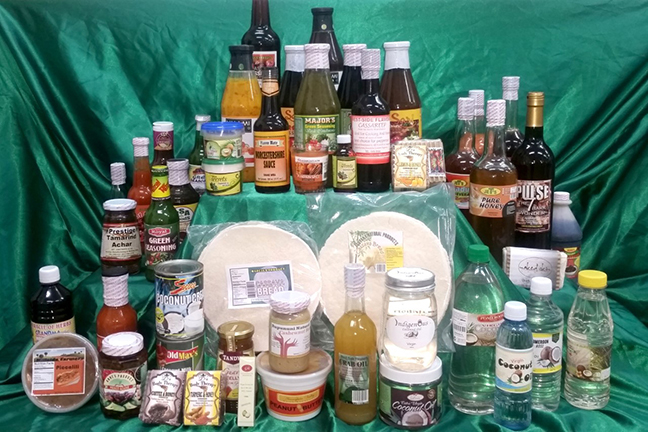Local agro-processors may have come a long way from the days of recycled jam jars and label-related information typed on bits of paper and attached with cheap, frequently unsightly paste, but while we have been seeking to play catch up, the rest of the world has not been standing still. So that these days, as packaging and labelling increasingly become marketing tools, we still find ourselves running at breakneck speed to stand still. More than ever before, customer appeal and by extension sales volumes have become inextricably linked to the manner in which the product is presented.
Our own frequent encounters with local manufacturers, particularly those in the agro-processing sector, have revealed that in many instances as much as forty per cent of the cost associated with putting a product on the market is associated with packaging and labelling, a circumstance that reflects producers’ increasing awareness of the nexus between product presentation and marketability.
Whereas not too many years ago, buyers attending product promotion events might excuse shortcomings in packaging and labelling, this for the most part is by no means the case these days. The Guyana Marketing Corporation’s Guyana Shop, the country’s most important incubator for product promotion in the agro- processing sector, has established criteria for affording new products shelf space which include minimum packaging and labelling standards. While those standards do not involve excessively high levels of expenditure, they serve to create an awareness on the part of the manufacturer that, these days, in the push to win and retain markets, packaging and labelling is ‘everything’.
High profile local supermarkets, with their eye on customer appeal, demand more exacting standards. While some of them have committed generous shelf space to locally produced items, particularly agro-processed goods, those that do so insist on standards of packaging and labelling that can at least be reasonably compared with the range of imported brands that adorn their shelves. “We understand the limitations that the local producers face but if we are to push their products they need to push themselves. It’s not a matter of perfection. It’s a matter of continuing to try to get there,” one popular retail outlet told us.
It would be fair to say that the agro-processing sector in particular has responded. On the basis of the evidence at recent product displays like the relatively recent UNCAPPED and GUYTIE events, local agro-processers are now spending as much time and money on packaging and labelling as on product preparation itself.
An enhanced appreciation of the link between shelf appeal and sales has led to significant increases in expenditure on the importation of containers of one kind or another and on label design, size, and colour. Our local agro-processors are now more aware of the fact that presenting their product in the right way – making good packaging choices and using high quality printed labels – tells potential customers a great deal more about your brand than you might think.
Beyond individual products, manufacturers are also seeking to ensure that packaging ‘sells’ their overall establishments. They recognise that creative packaging and labelling presents an opportunity to speak to new and returning customers alike about who they are, using images, textures and other methods that speak directly to the emotions. These are often more important than words.
The contemporary wisdom suggests that packaging decisions should target specific segments of the market. For example, some consumers are likely to be influenced by packaging they perceive as ecologically friendly. Others will not. It is all a matter of understanding your customer base. Labelling can be a particular challenge since this pursuit is underpinned by two separate, often adversarial, sets of requirements. On the one hand, labelling must be attractive in a conventional sense. On the other, these days, labels must comply with quite a few safety regulations and other legal requirements. Marrying the two imperatives can be challenging though by no means impossible. In fact, it is entirely possible to design a fully compliant label that is also quite attractive, and which gives shoppers all the ‘right’ signals.
Lastly, you can produce all manner of non-bottle and non-packaging items as well, all with colours and materials appropriate to your story. Promotional stickers are particularly popular, and frequently generate enthusiastic responses.
People are, in the main, essentially visual creatures. If we see two essentially identical products on a shelf, we are probably likely to choose the one that appears more aesthetically pleasing, more professional, or in better crafted packaging, even if we don’t have any way of comparing actual quality. Even though you make the right packaging decisions – including using attractive and well-constructed packaging labels – all of your marketing efforts may well fall at the final hurdle when the shopper chooses the brand next to yours… simply because it ‘looks better’.






